A Guide to Barbados Wildlife Conservation
Barbados is a wildlife enthusiast’s paradise, with diverse ecosystems and a commitment to conservation. The island actively protects endangered sea turtles through nesting site monitoring and relocation programs. Rehabilitation efforts ensure injured turtles return to the ocean.
Barbados also manages its growing monkey population through sterilization, research, and education campaigns.
The preservation of bird habitats and coral reefs, along with community-led initiatives, highlight the island’s dedication. Visitors can witness nesting turtles, explore pristine habitats, and dive into vibrant coral reefs, fostering a collective responsibility for wildlife conservation in Barbados.
Sea Turtle Conservation
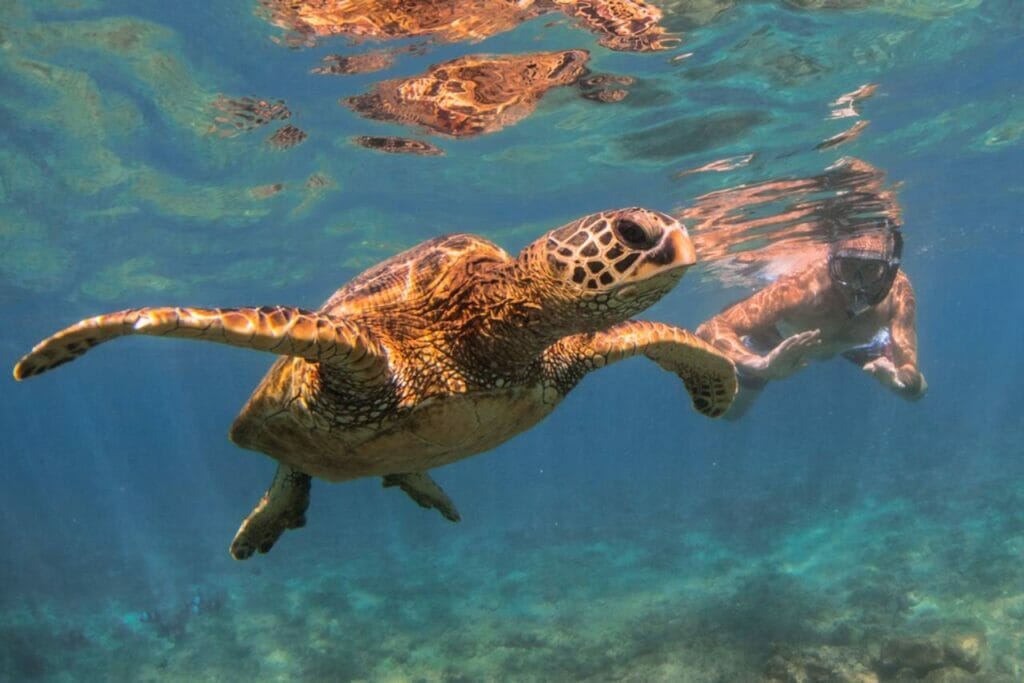
Barbados, with its pristine beaches and crystal-clear waters, serves as a vital nesting ground for several endangered sea turtle species. Among them are the Hawksbill, Leatherback, and Green turtles, each with its own unique characteristics and ecological significance. Recognizing the importance of preserving these magnificent creatures, Barbados has implemented robust measures to ensure their survival and protection.
At the forefront of sea turtle conservation efforts is the Barbados Sea Turtle Project, a dedicated organization committed to monitoring nesting activities and safeguarding sea turtle populations. Highly trained researchers and volunteers work tirelessly throughout the nesting season, closely observing nesting habits, recording data, and identifying potential threats to nesting sites.
One key strategy employed by the project is nest relocation. In cases where nests are at risk due to erosion, human activity, or other factors, the project team carefully relocates the eggs to safer areas. This ensures that the hatchlings have a higher chance of successfully emerging and making their way to the ocean.
Barbados is home to endangered sea turtles, including Hawksbill, Leatherback, and Green turtles, and has implemented significant measures for their conservation:
- The Barbados Sea Turtle Project monitors nesting activities, relocates nests to safer areas, and raises awareness about sea turtle conservation.
- Nest relocation ensures higher hatchling survival rates in cases of risks like erosion or human activity.
- Educational programs and awareness campaigns engage locals and visitors, emphasizing individual responsibility in sea turtle protection.
- Guided turtle watching tours offer unique experiences to witness nesting and hatching processes.
- Regulations prohibit disturbance or harvesting of sea turtle eggs and limit beachfront lighting during nesting season.
- Barbados’ conservation efforts support the health of marine ecosystems.
Marine Turtle Rehabilitation and Release Programs
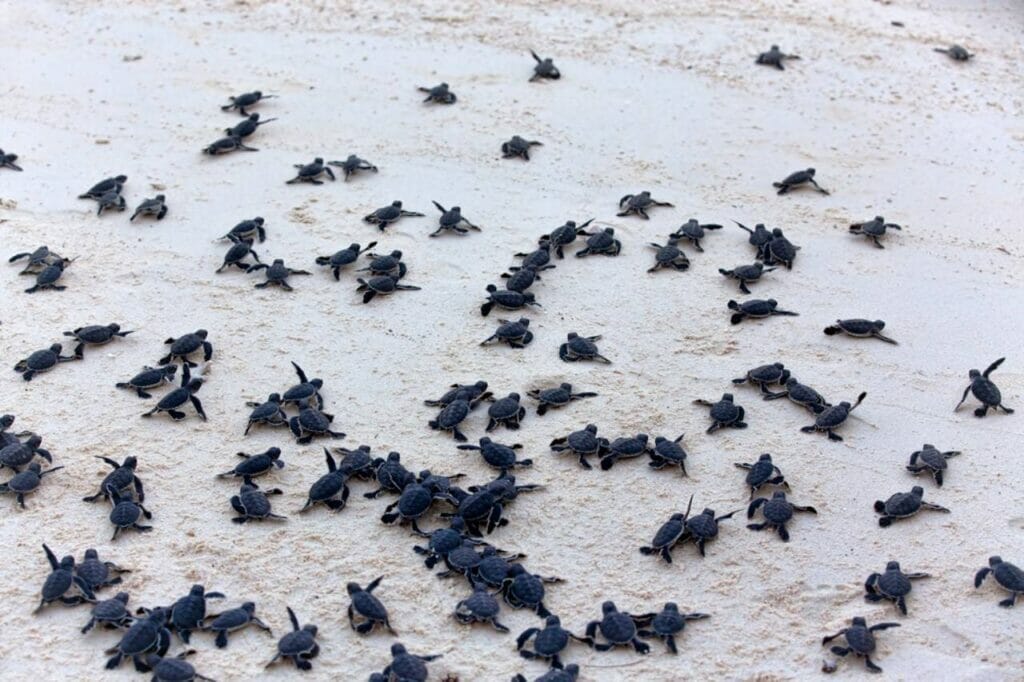
Barbados takes great pride in its marine turtle rehabilitation and release programs, which play a vital role in the island’s wildlife conservation efforts. Dedicated organizations, such as the Barbados Sea Turtle Project and local marine centers, work tirelessly to rescue and rehabilitate injured or stranded marine turtles. These remarkable creatures are provided with medical care, nourishment, and a safe environment to recover from injuries or ailments. Once rehabilitated, the turtles undergo a memorable journey back to the ocean, where they are released to resume their natural lives.
Witnessing the release of these majestic creatures is an awe-inspiring experience that leaves a lasting impact on both locals and visitors alike.
Monkey Population Control
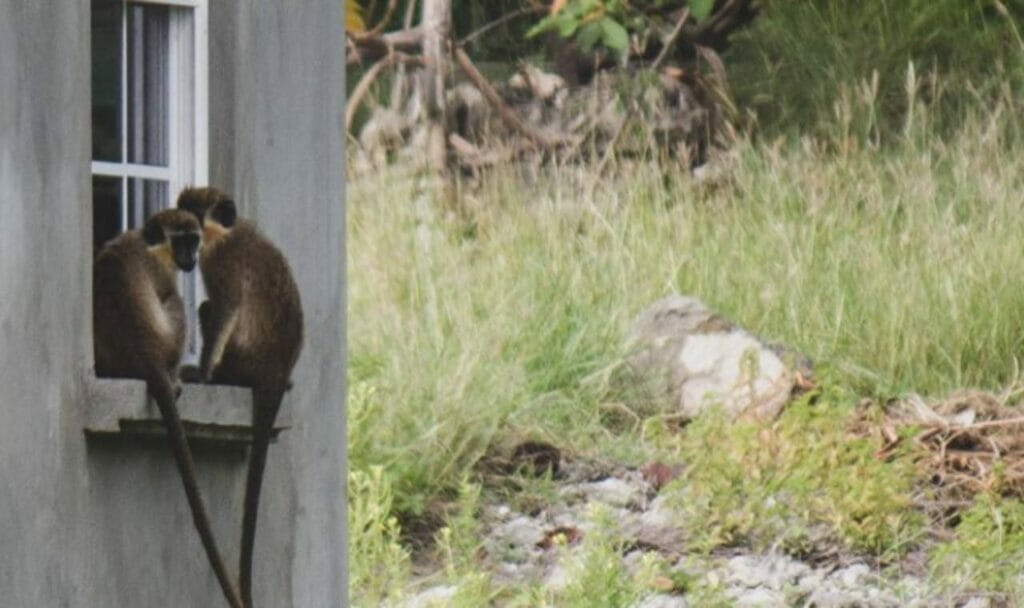
Barbados faces challenges with its growing monkey population, but the government and conservation groups are taking proactive steps to manage it effectively. Strategies include sterilization programs, research to understand monkey behavior, and education campaigns for responsible interaction. Through sterilization efforts, the reproductive cycle is disrupted, gradually reducing population growth.
Ongoing research helps monitor population trends and informs targeted management strategies. Education campaigns emphasize respecting monkeys’ natural behavior and habitat, discouraging feeding and promoting observation from a distance. By implementing these measures, Barbados strives to maintain a balance between wildlife conservation and coexistence with these intelligent primates.
- Sterilization programs: Skilled veterinarians and conservation experts carry out sterilization programs, neutering or spaying monkeys to disrupt their reproductive cycle and control population growth.
- Research on monkey behavior: Ongoing research helps monitor population trends, understand habits, and movements of monkeys, and provides valuable insights for effective population management.
- Targeted management strategies: Informed by research findings, Barbados develops targeted strategies for managing the monkey population, ensuring a balance between conservation and population control.
- Education campaigns: Public awareness initiatives educate locals and visitors about responsible interaction with monkeys. They emphasize the importance of respecting their natural behavior and habitat, discouraging feeding, and promoting observation from a distance.
- Coexistence and conservation: Barbados aims to preserve its wildlife diversity while finding ways to coexist with monkeys. By implementing sterilization programs, conducting research, and promoting responsible interaction, the island seeks to maintain ecological harmony.
Bird Preservation
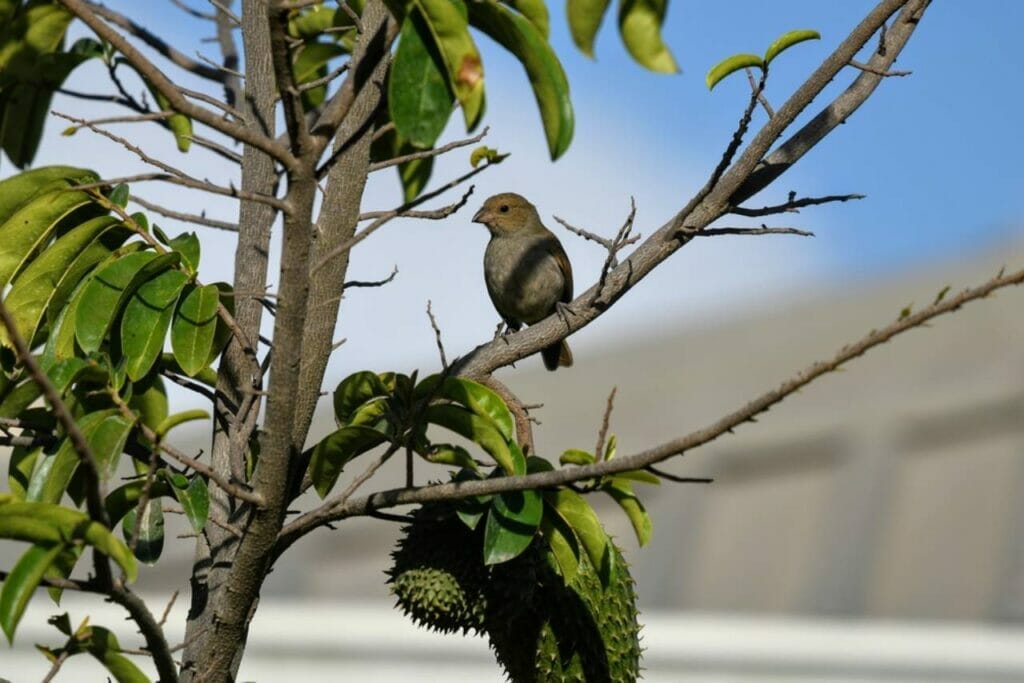
Barbados, with its diverse ecosystems and abundant natural beauty, is a haven for bird species, attracting birdwatching enthusiasts from around the world. However, the survival of some bird species has been threatened due to factors such as habitat loss and human activities. In response, the island has taken significant steps to preserve and protect its avian population.
One key approach to bird preservation in Barbados is the establishment of nature reserves and protected areas. These designated spaces provide safe havens for birds to thrive, offering undisturbed habitats where they can nest, feed, and breed. These protected areas are carefully managed to ensure the preservation of critical bird habitats and biodiversity.
Barbados has also implemented initiatives such as reforestation programs and the installation of nest boxes. Reforestation efforts involve planting native trees and vegetation, creating suitable habitats for birds and restoring their natural habitats. Nest box programs provide additional nesting sites, particularly for cavity-nesting species, offering safe spaces for breeding and raising their young.
To better understand and monitor bird populations, Barbados conducts research and studies migratory patterns. This information helps identify trends, assess population health, and inform conservation strategies. By monitoring migratory patterns, authorities can identify critical stopover sites and take necessary measures to protect them.
Visitors to Barbados have the incredible opportunity to explore these pristine habitats and witness the vibrant birdlife in their natural splendor. Birdwatching tours and guided excursions allow enthusiasts to observe a wide variety of species, from colorful tropical birds to migratory shorebirds. Encountering the melodic songs, intricate plumage, and unique behaviors of Barbados’ feathered residents is an unforgettable experience that highlights the importance of preserving their habitats.
- Nature reserves and protected areas provide safe habitats for birds.
- Reforestation programs restore critical bird habitats.
- Nest box programs offer additional nesting sites.
- Research and monitoring of migratory patterns inform conservation strategies.
- Birdwatching tours allow visitors to observe the diverse bird species in their natural habitat.
Coral Reef Protection
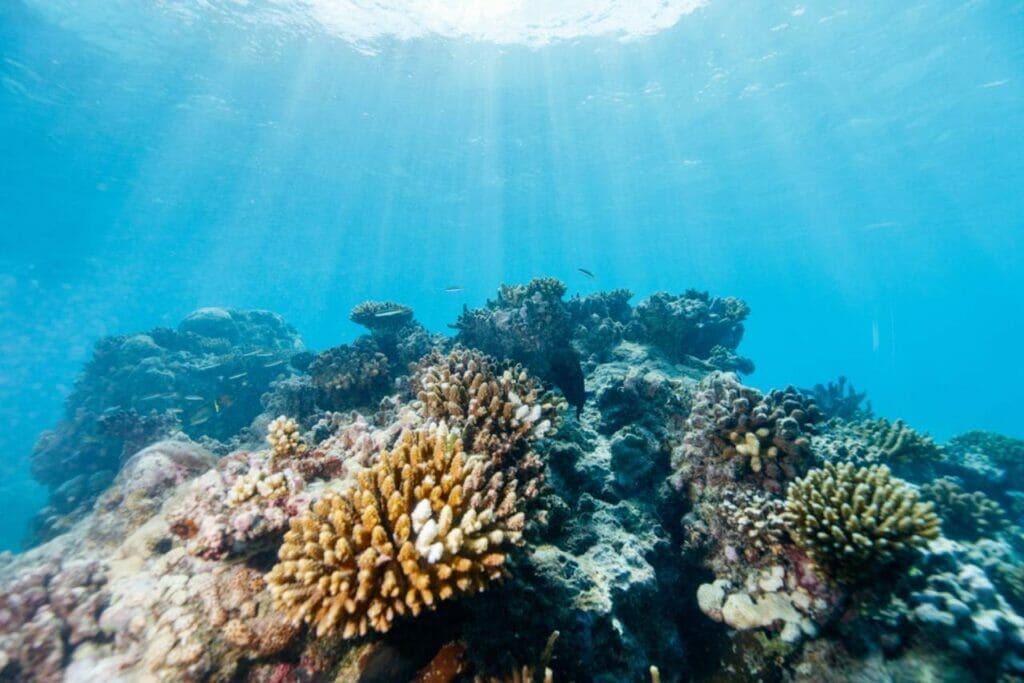
Barbados is renowned for its mesmerizing coral reefs, which serve as vital ecosystems supporting a diverse array of marine life. Recognizing their ecological significance, the island has taken proactive steps to protect and conserve these fragile reefs, ensuring their long-term health and resilience.
- Marine reserves: Barbados has established marine reserves, designated areas where fishing and other human activities are strictly regulated or prohibited. These reserves act as sanctuaries, allowing the reefs and marine life to thrive undisturbed, promoting biodiversity and preserving the integrity of the ecosystems.
- Sustainable fishing practices: Barbados promotes sustainable fishing practices to minimize the impact on coral reefs and associated marine habitats. Regulations are in place to prevent destructive fishing methods that can harm the reefs, such as using dynamite or cyanide. By encouraging responsible fishing practices, Barbados aims to maintain a healthy balance between human activities and the preservation of the coral reefs.
- Coral restoration projects: The island actively engages in coral restoration efforts, aiming to revive damaged or degraded coral reefs. Through initiatives such as coral nurseries and transplantation programs, fragments of healthy corals are cultivated and strategically placed onto damaged reefs. These restoration projects promote the recovery and growth of coral colonies, enhancing the overall health and biodiversity of the reefs.
- Snorkeling and diving: Barbados’ clear and inviting waters provide opportunities for snorkeling and diving enthusiasts to explore the breathtaking beauty of the coral reefs firsthand. Snorkelers and divers can witness the vibrant coral formations, encounter a plethora of marine species, and gain a deeper appreciation for the fragile yet resilient nature of these underwater ecosystems.
By implementing marine reserves, promoting sustainable fishing practices, conducting coral restoration projects, and fostering awareness through underwater exploration, Barbados remains dedicated to the protection and preservation of its precious coral reefs. These efforts not only safeguard the natural beauty of the island but also contribute to the overall health of the marine environment.
Community-Led Conservation Initiatives

Barbados’ commitment to wildlife conservation extends beyond government and organizational efforts, as local communities play a crucial role in preserving the island’s natural treasures. Various community-led initiatives have emerged, fostering a sense of ownership and responsibility towards the environment. One notable example is the development of community-managed nature reserves, where residents actively participate in habitat restoration, reforestation, and wildlife monitoring projects.
These grassroots conservation efforts not only protect biodiversity but also promote sustainable livelihoods for local communities. Through education programs and workshops, community members are empowered with knowledge about the importance of conservation, inspiring a collective effort to safeguard Barbados’ wildlife for future generations.
Barbados Wildlife Conservation FAQ
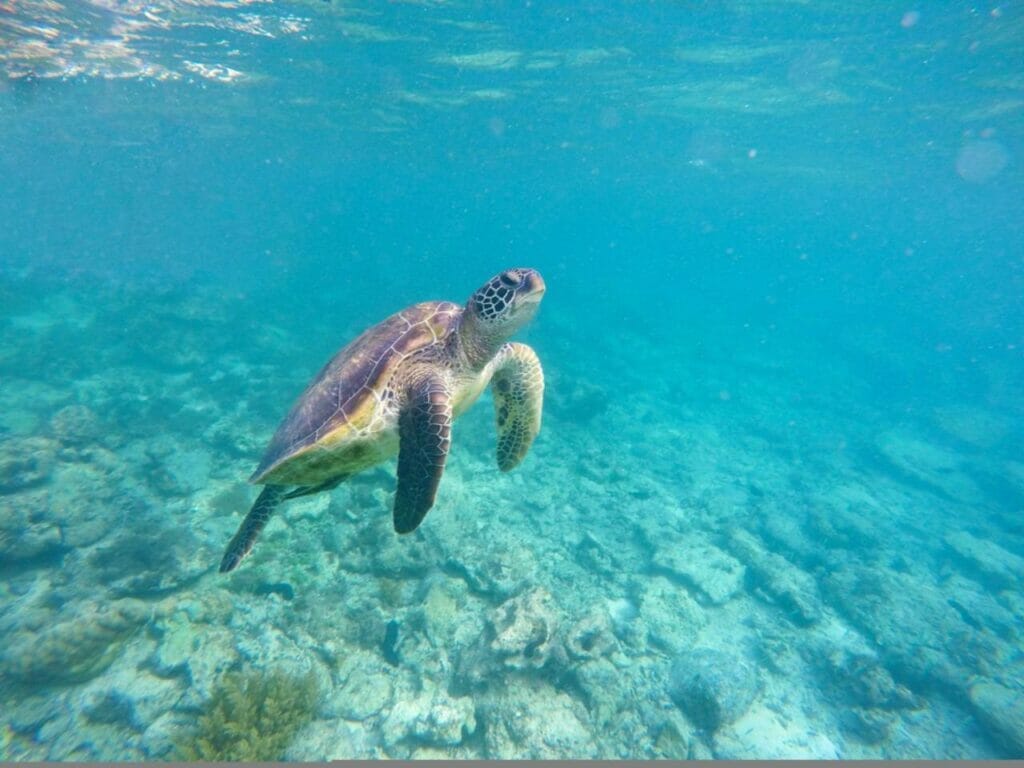
What Is The Wildlife In Barbados?
Barbados is home to a diverse array of wildlife, both on land and in its surrounding waters. The island boasts a rich avian population, with over 200 species of birds, including the endemic Barbados Bullfinch and Yellow Warbler. In its waters, vibrant coral reefs teem with marine life, such as colorful tropical fish, sea turtles, and fascinating invertebrates like corals and sponges. Barbados is also known for its population of Green Monkeys, which are a unique sight to behold.
What Animal Is Barbados Known For?
Barbados is particularly known for its population of Green Monkeys (Chlorocebus sabaeus). These playful and intelligent primates are indigenous to West Africa but were introduced to Barbados during the colonial era. Over time, they have established a thriving population on the island and have become a beloved symbol of Barbadian wildlife. Visitors to Barbados often have the opportunity to observe these charismatic monkeys in their natural habitats, such as the Barbados Wildlife Reserve and other forested areas.
How Much Does The Barbados Wildlife Reserve Cost?
The Barbados Wildlife Reserve, a popular attraction for nature enthusiasts, has an admission fee of approximately BBD $35 for adults and BBD $17 for children. The reserve offers visitors the opportunity to observe a variety of native and exotic animals in a natural setting, including Green Monkeys, deer, tortoises, and colorful birds. It provides an educational and immersive experience, allowing visitors to witness the beauty and diversity of Barbados’ wildlife up close.
Which Parish Is The Wildlife Reserve In Barbados?
The Barbados Wildlife Reserve is located in the parish of Saint Peter. This picturesque parish is situated on the west coast of the island and is known for its lush vegetation and tranquil landscapes. The reserve itself is nestled within the mahogany forest of Farley Hill National Park, offering visitors a serene and immersive wildlife experience in a beautiful natural setting.
Where Can I See Monkeys In Barbados?
Monkeys can be observed in various locations across Barbados, but one of the best places to see them is at the Barbados Wildlife Reserve. This reserve, located in Saint Peter parish, provides a natural habitat for Green Monkeys, allowing visitors to witness these playful primates up close. Additionally, monkeys can be spotted in forested areas and nature reserves throughout the island, such as Welchman Hall Gully and other parts of Barbados’ lush interior.

